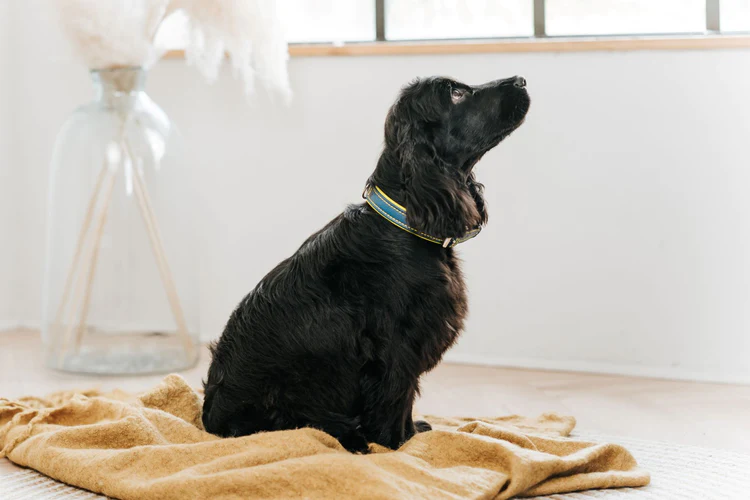Fighting like cats and dogs: a common expression used to describe people who just don’t get along. And indeed, it often seems like cats and dogs just can’t get along. Dogs chasing cats up trees, cats lashing out at curious dogs’ noses, and hissing: everything from “Tom and Jerry” to the children’s film “Cats and Dogs” suggests that for these two species, it’s hate at first sight.
But it doesn’t have to be! We have a few tips for how to help your cat and dog get along. With a little help from our handy guide, you won’t need to choose between your canine companion and your feline friend.
Dogs and Cats don’t automatically hate each other
Not all dogs and cats hate each other. A lot of the time, this animal animosity is just a case of misunderstanding. Cats and dogs use different body language to communicate. A wagging tail in a dog shows excitement and often means that the dog wants to play. A wagging tail in a cat, on the other hand, can mean that the cat is grumpy or even very angry. It’s all too easy for these animals to misunderstand each other. If they are going to get along, your pets will need time and some help from you.
Slow and steady
Take things slowly. If you have a dog and want to introduce a cat, or vice versa, then rushing is probably the worst thing to do. Initially keep the new animal confined in a medium sized room. Make sure there’s a bed, food and water, and a litter tray or similar.
Once your new cat or dog has settled in to their room, it’s time to slowly start introductions. You want your cat and dog to associate each other with positive things. One of the best ways to do this is with food. Place your old pet’s food bowl near the new pet’s room. Every day, you can move the food bowls closer to the door. This will help your cat and dog to get used to each other, and to associate each other with a good experience: a tasty meal. Eventually you can start leaving the room door partly open, so that your dog and cat can see each other.
You can also start exposing your pets to each other’s scent. Take your new pet’s sleeping blanket and leave it near your other pet’s bed, and vice versa. Your cat and dog can learn each other’s scent. Scent is very important to cats and dogs, as it is one of the ways they can recognise each other. You can also let your pets swap rooms for a while. If your cat is the newcomer, let your cat explore the house while your dog stays in the room for a while. This will allow the animals to get familiar with each other’s scent, and allow your new pet to explore their new home and become more confident in their surroundings.
Face to Face
If everything is going well, it’s time for a supervised meeting. Take your dog for a walk first to work off excess energy, and keep him or her on a leash to meet the cat. If you are introducing an adult dog to a cat, ideally he or she should know “sit” and “stay”. This is useful if your dog approaches the cat too quickly or enthusiastically, as you can simply ask him or her to sit calmly, allowing the cat to approach the dog. If your dog behaves well; for example, sitting calmly and allowing the cat to sniff him or her; reward their good behaviour with praise or a treat. You can also reward your cat. This way, both pets will learn that good things happen when they encounter each other.
As your dog and cat gradually get used to each other, you can start leaving them alone together for short periods. If either animal shows signs or fear or aggression, separate them, and go back to the previous step. Make sure that the cat has somewhere to hide or climb up to, as even the best-natured cats need a break and a chance to nap.
When it doesn’t work out between cats and dogs
Unfortunately, sometimes even if you do everything right, cats and dogs still won’t get along. You can consult a trainer or a vet for further advice and help. If your pets still don’t get along, you may have to rehome one of them. Some dogs have a high prey drive, with a strong instinct to chase, and a cat will seem like a prey animal to them. Some dogs are friendly but much too rough, and can inadvertently hurt cats. You may also find that your cat is aggressive towards your dog or wants nothing to do with him or her.
Sweet rewards
But if you are successful, the rewards are sweet. Your dog and cat may become playmates, playing chasing or pouncing games. If your pets are introduced at a young age, they are more likely to learn each other’s body language and get along. An older cat may take a puppy under its wing, or an older dog may happily allow a little kitten to boss them around. Your cat and dog may cuddle up together cold nights, or team up to take over your bed!


